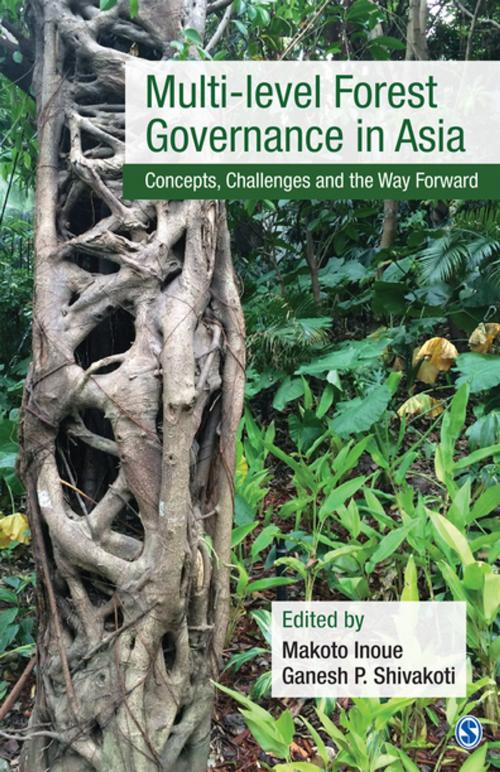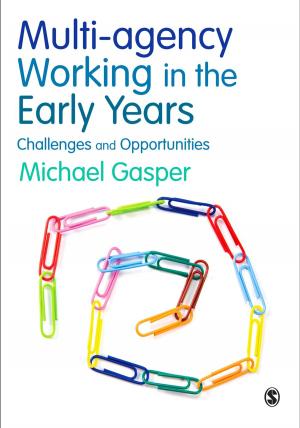Multi-level Forest Governance in Asia
Concepts, Challenges and the Way Forward
Nonfiction, Science & Nature, Science, Biological Sciences, Zoology, Business & Finance, Economics| Author: | ISBN: | 9789351505310 | |
| Publisher: | SAGE Publications | Publication: | July 28, 2015 |
| Imprint: | Sage Publications Pvt. Ltd | Language: | English |
| Author: | |
| ISBN: | 9789351505310 |
| Publisher: | SAGE Publications |
| Publication: | July 28, 2015 |
| Imprint: | Sage Publications Pvt. Ltd |
| Language: | English |
A fresh look and comparative perspectives from various Asian countries on multi-level forest governance.
This book presents the remarkable diversity of policy implementation in forest resource management in 14 Asian countries: five in South Asia (Bangladesh, India, Nepal, Sri Lanka and Bhutan), six in South-east Asia (Indonesia, Malaysia, the Philippines, Thailand, Vietnam and Laos) and three in East Asia (China, Korea and Japan). It explores how effective forest governance can be achieved by bridging multi-level outcomes. Further, this volume highlights the importance of context in defining flexible policies for policy makers, development practitioners and the academic communities of these countries. It also provides assistance to government officers, NGOs and academics based on relevant empirical information on resource management.
A fresh look and comparative perspectives from various Asian countries on multi-level forest governance.
This book presents the remarkable diversity of policy implementation in forest resource management in 14 Asian countries: five in South Asia (Bangladesh, India, Nepal, Sri Lanka and Bhutan), six in South-east Asia (Indonesia, Malaysia, the Philippines, Thailand, Vietnam and Laos) and three in East Asia (China, Korea and Japan). It explores how effective forest governance can be achieved by bridging multi-level outcomes. Further, this volume highlights the importance of context in defining flexible policies for policy makers, development practitioners and the academic communities of these countries. It also provides assistance to government officers, NGOs and academics based on relevant empirical information on resource management.















